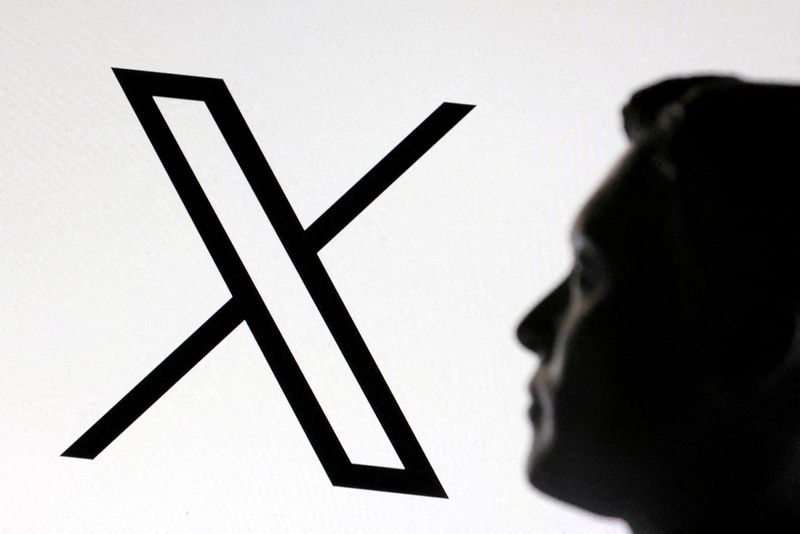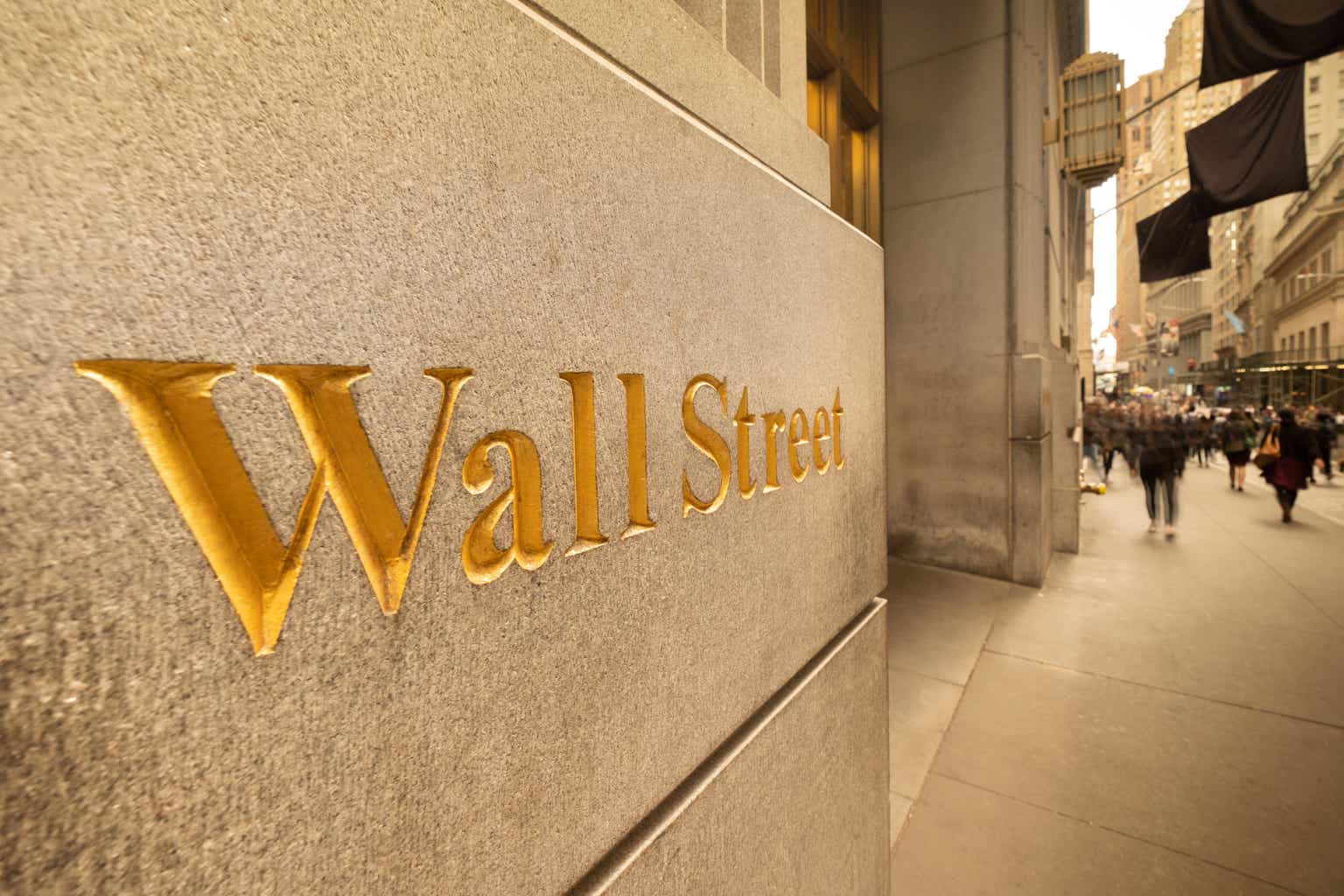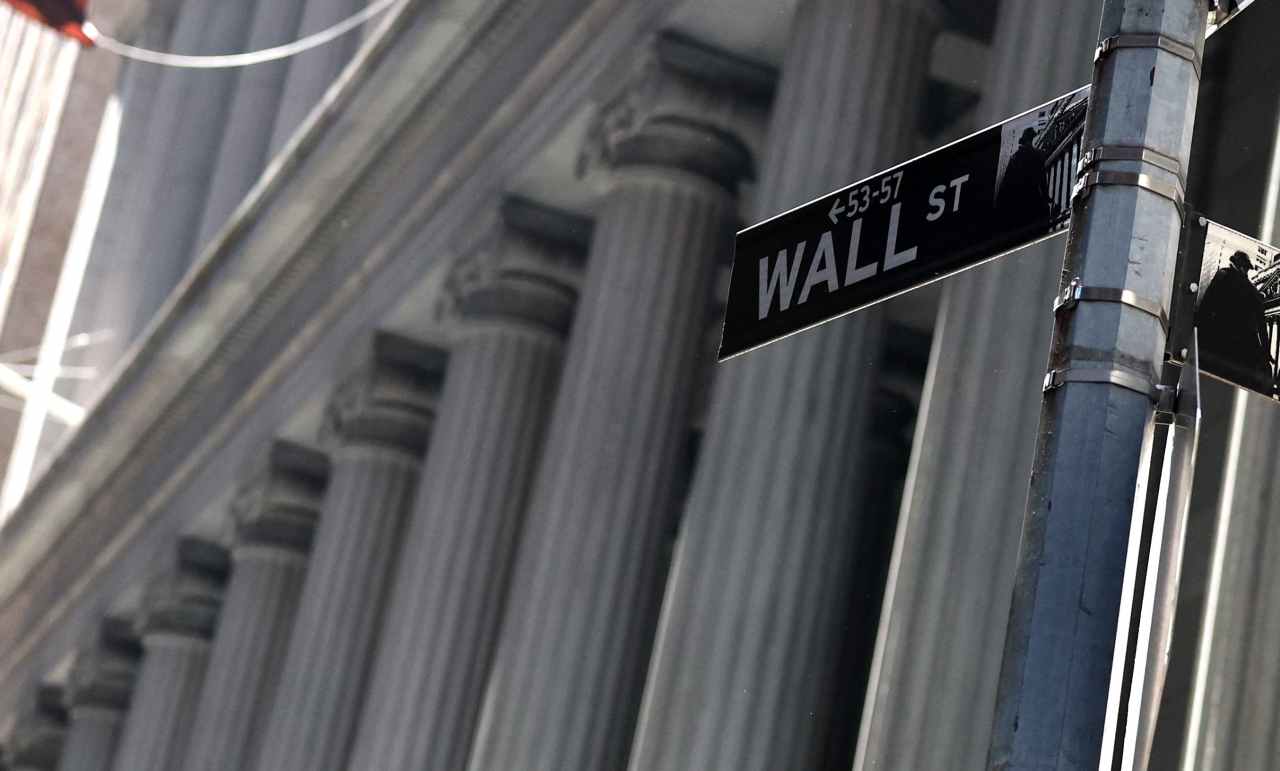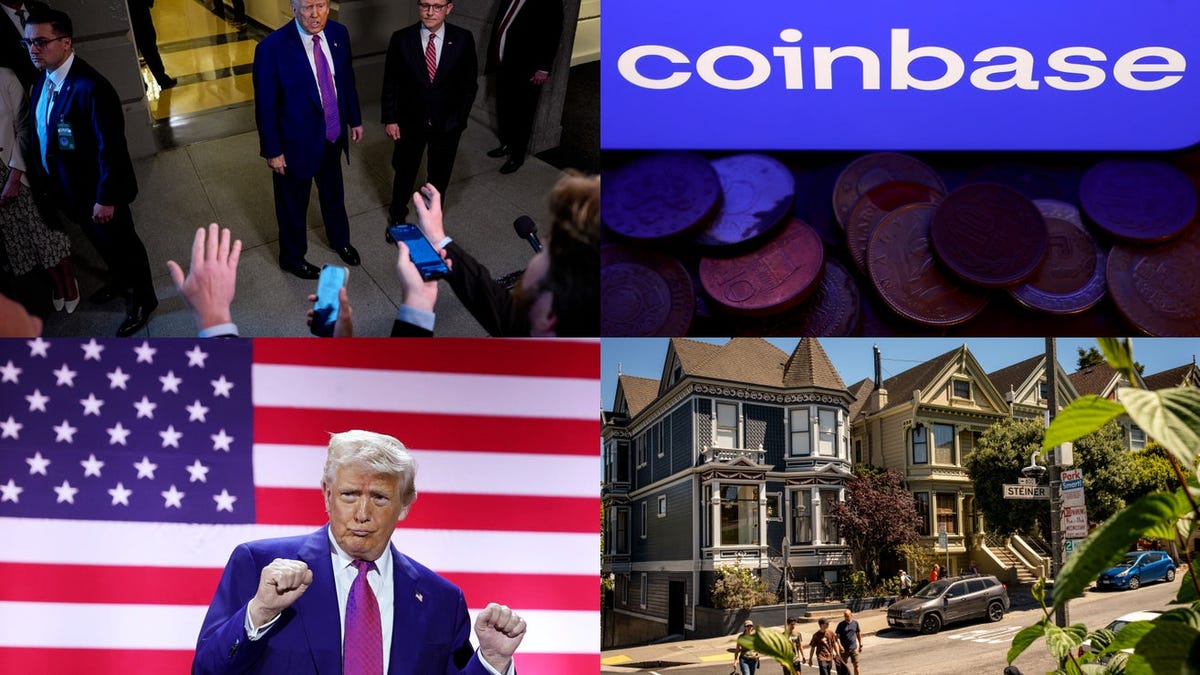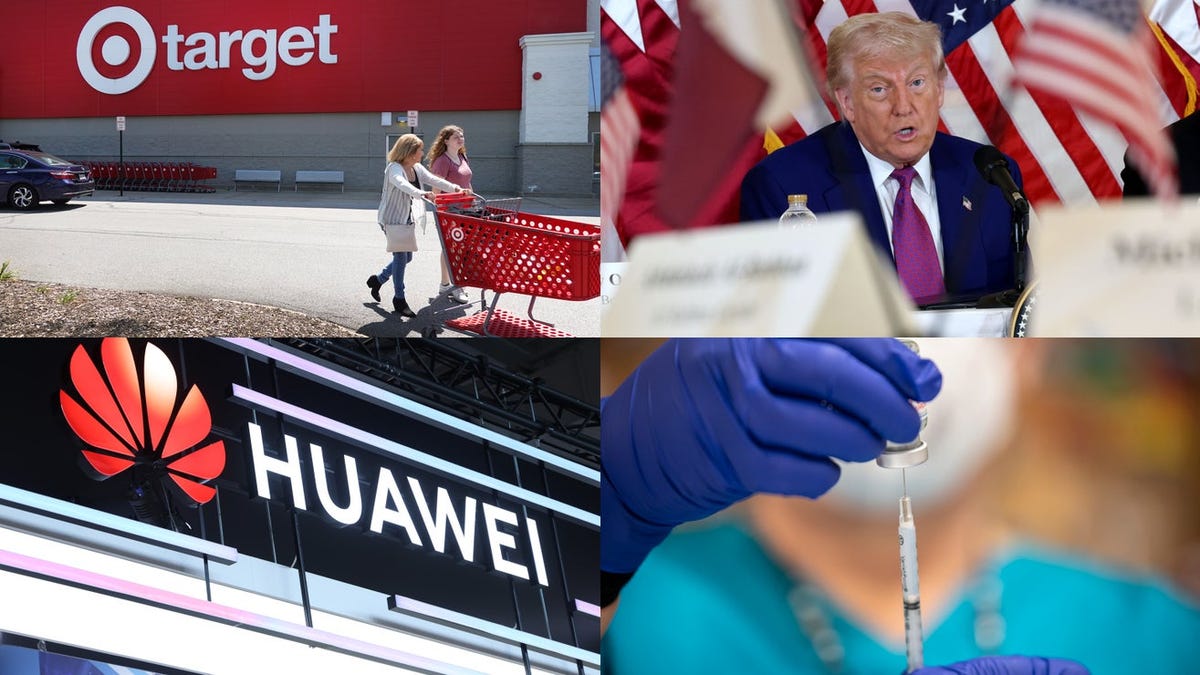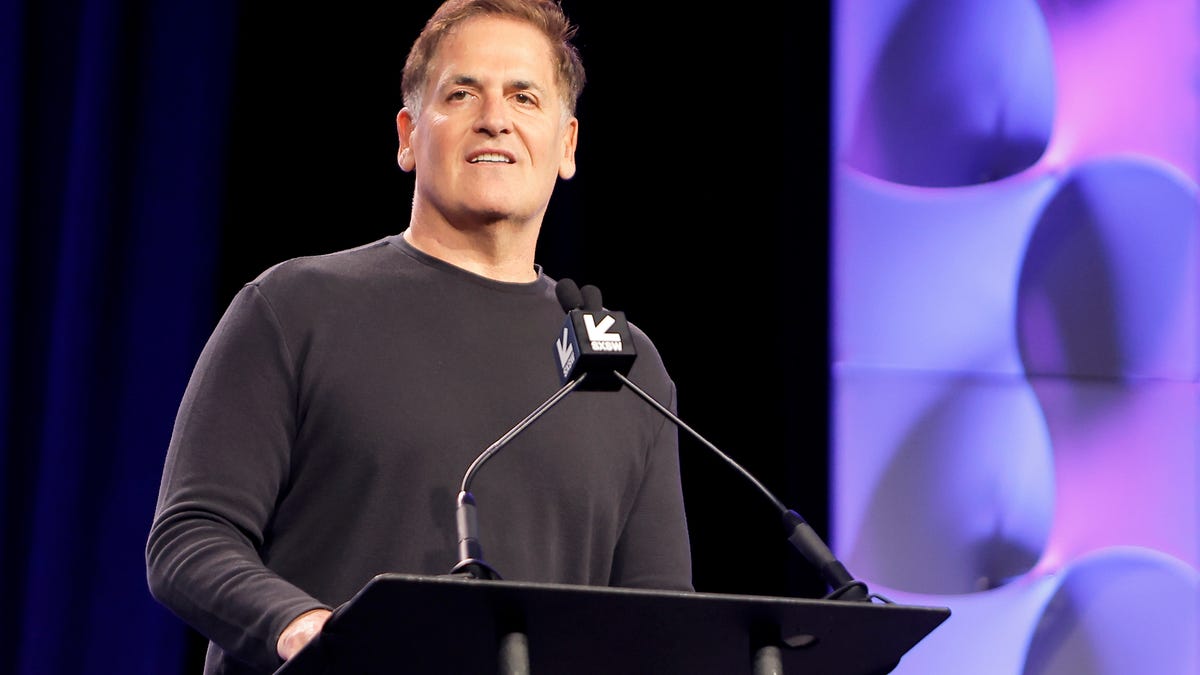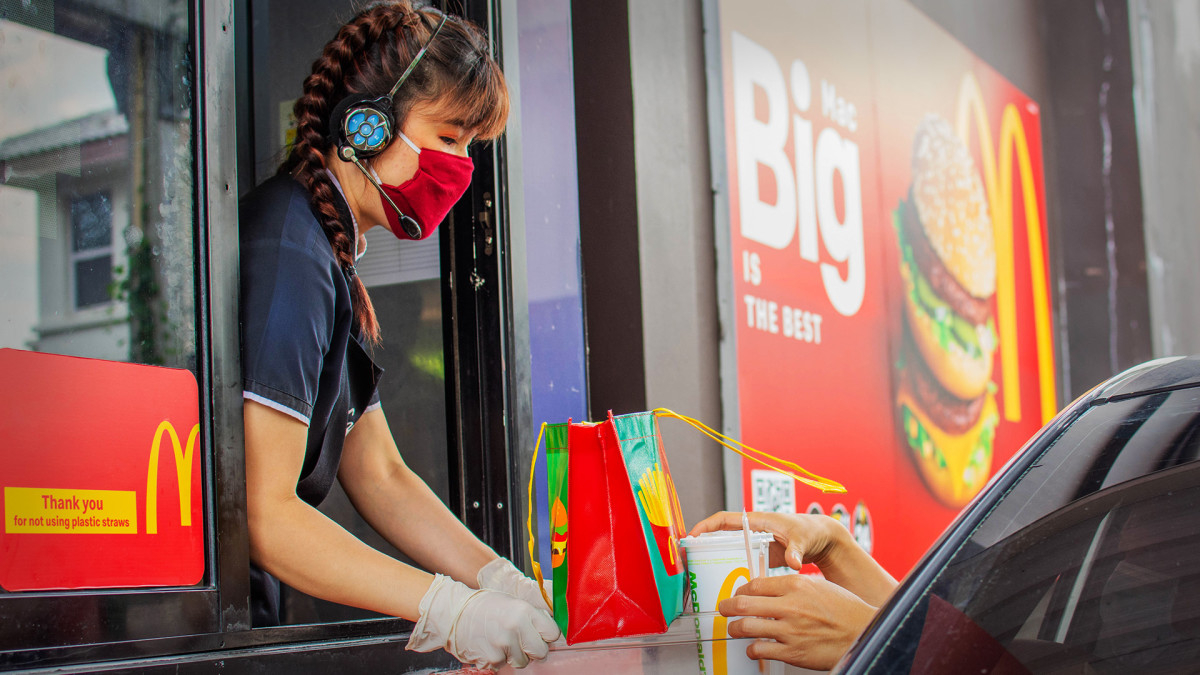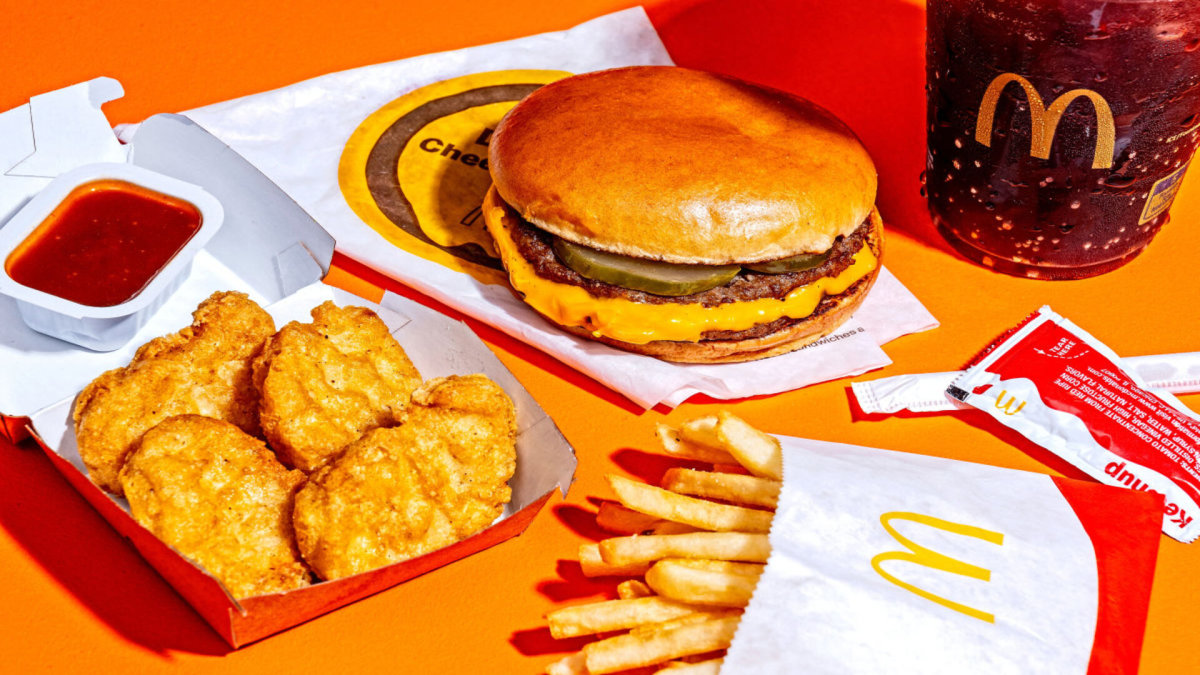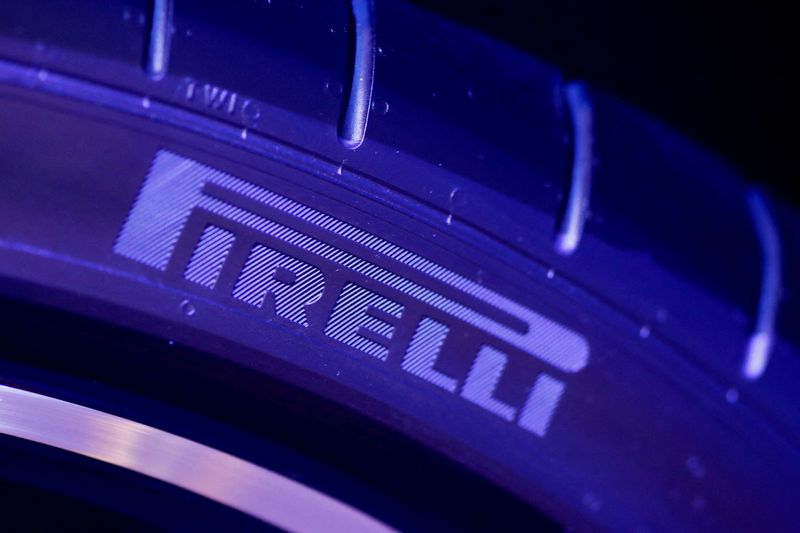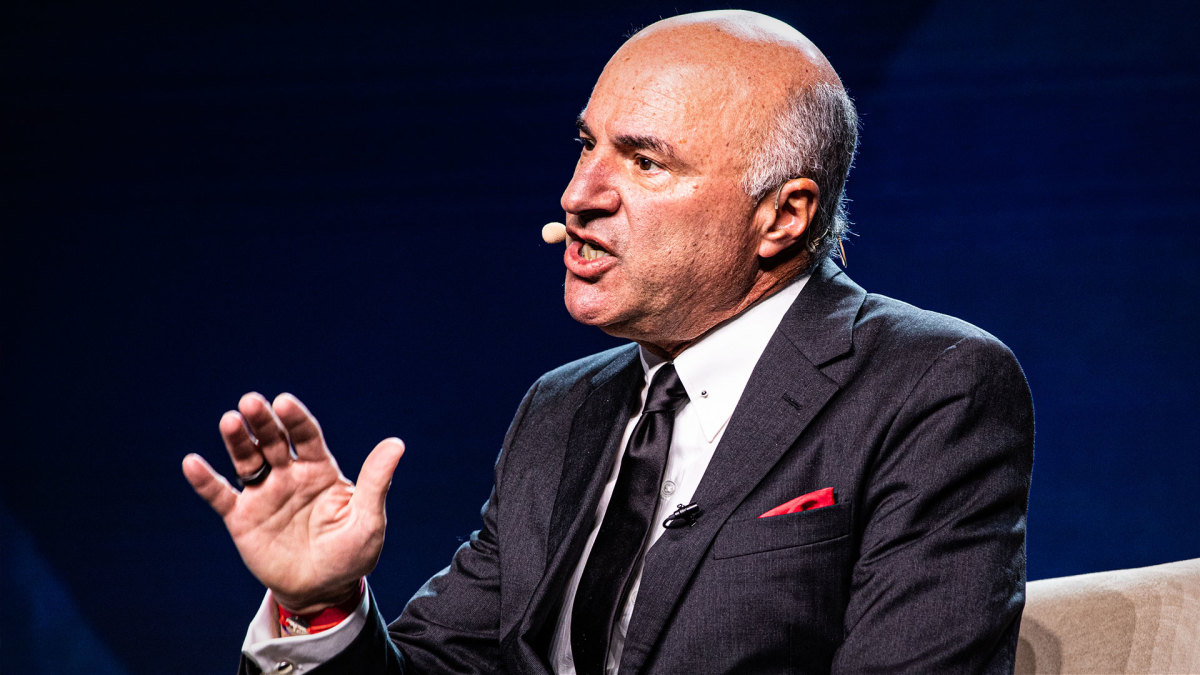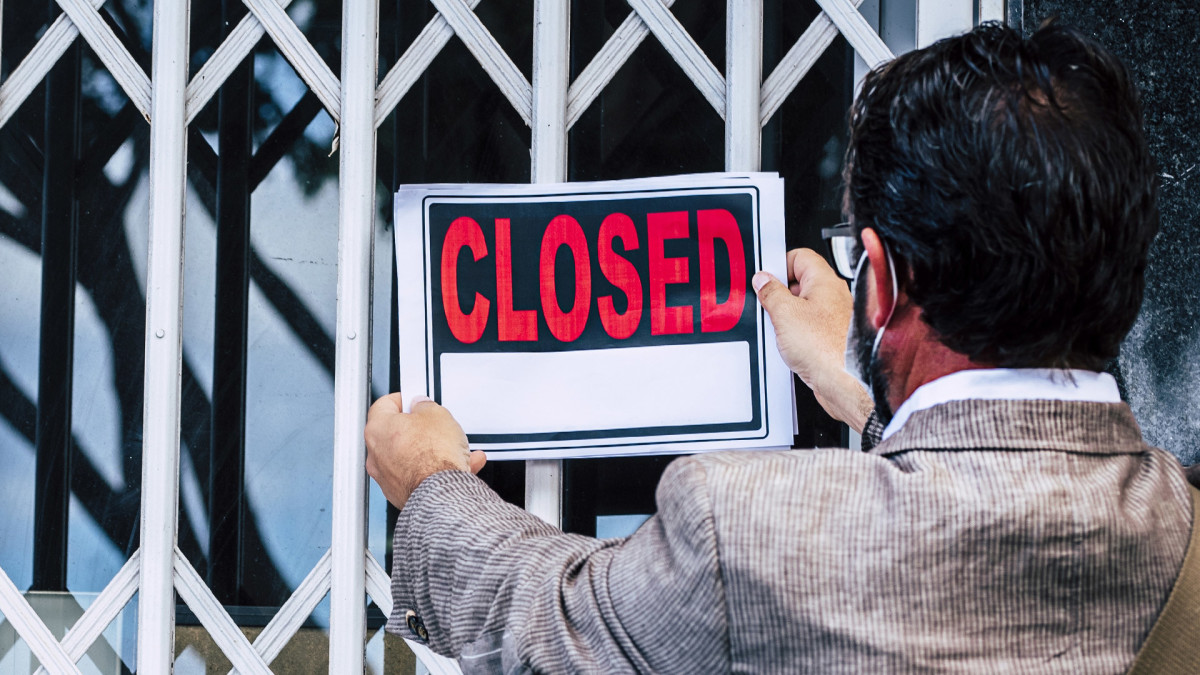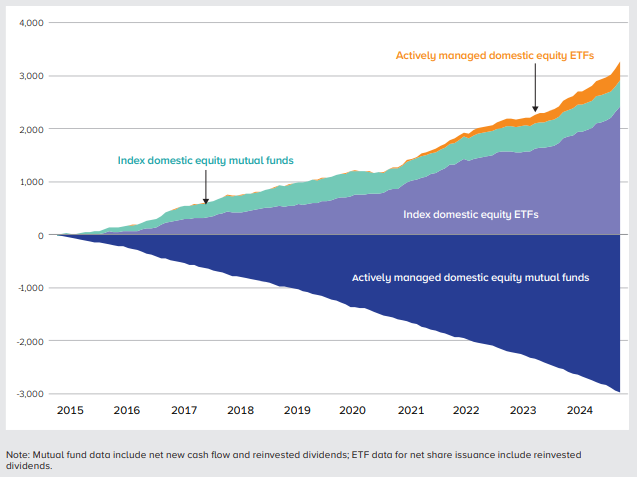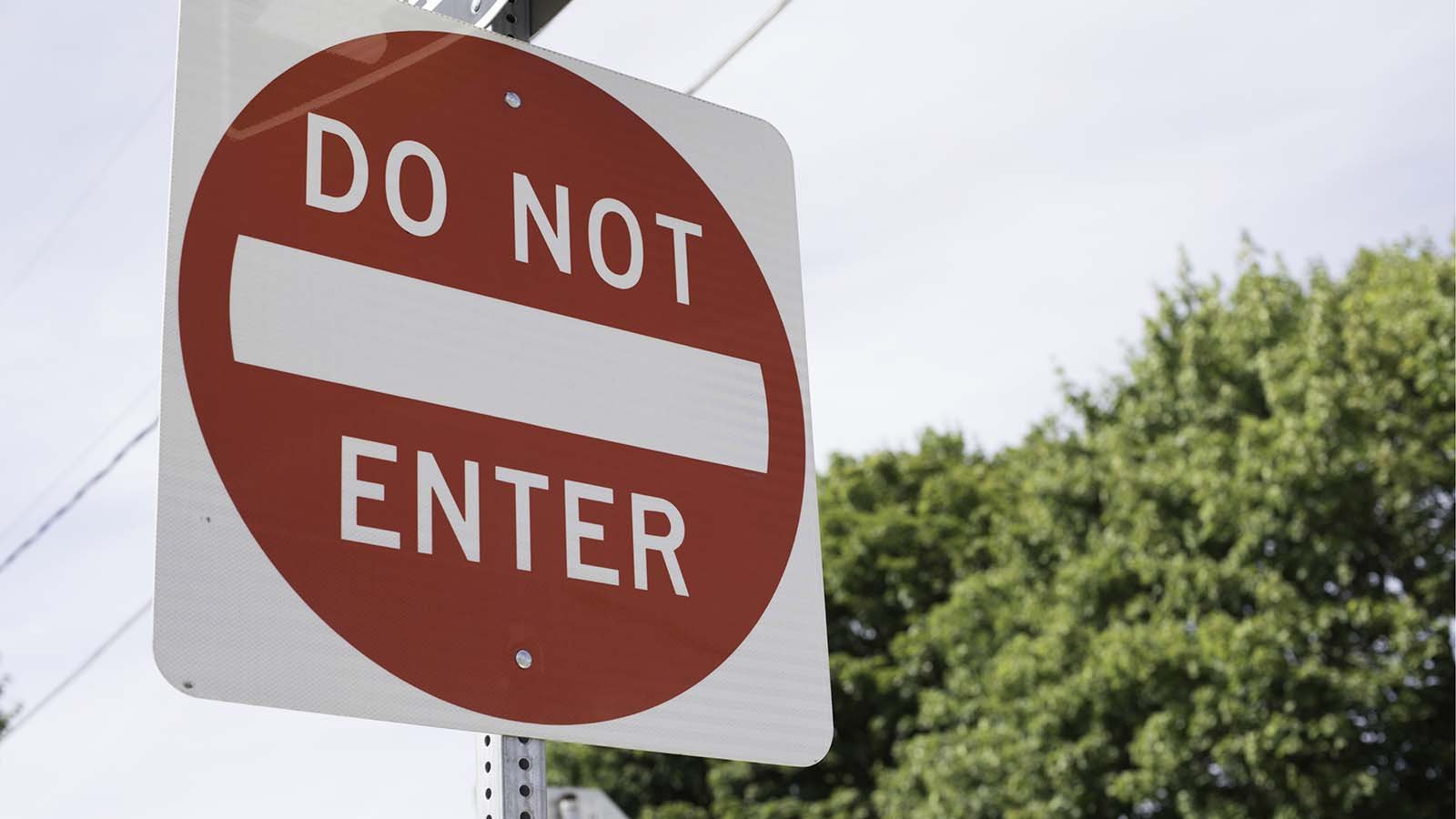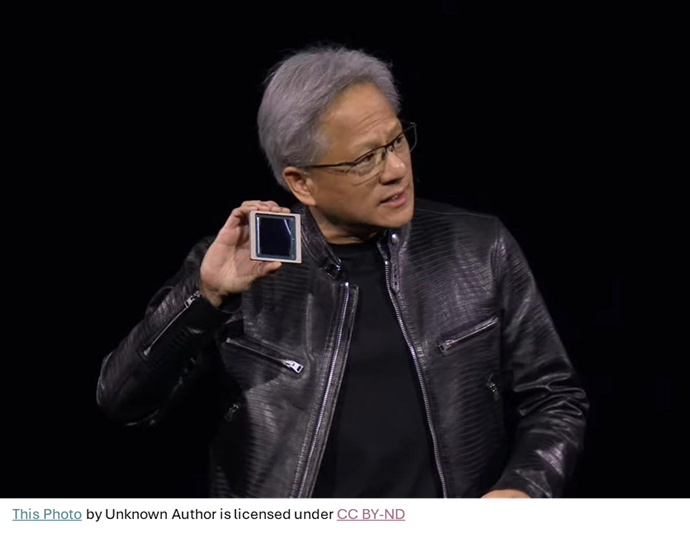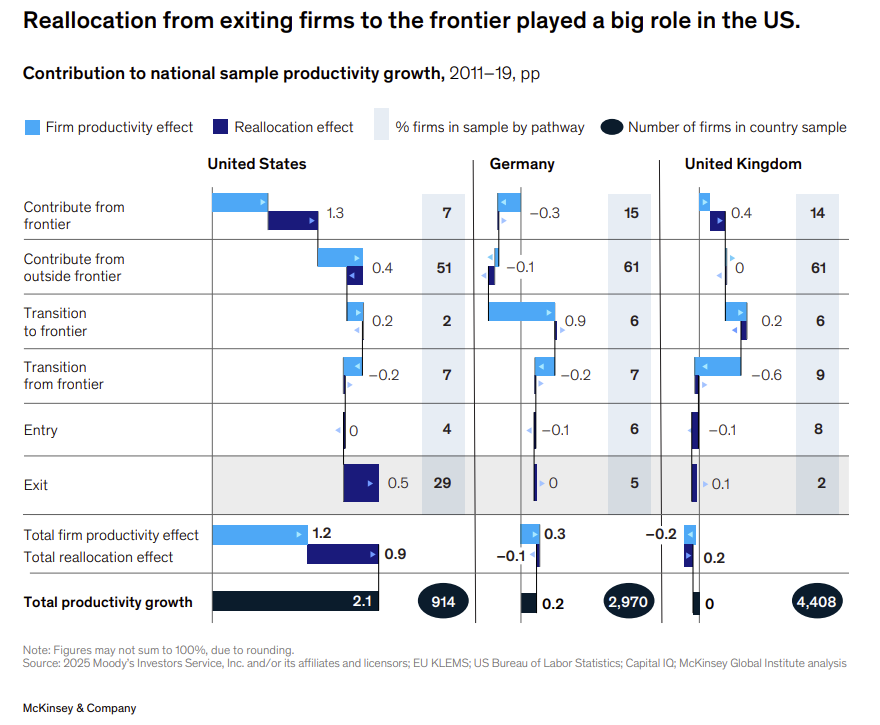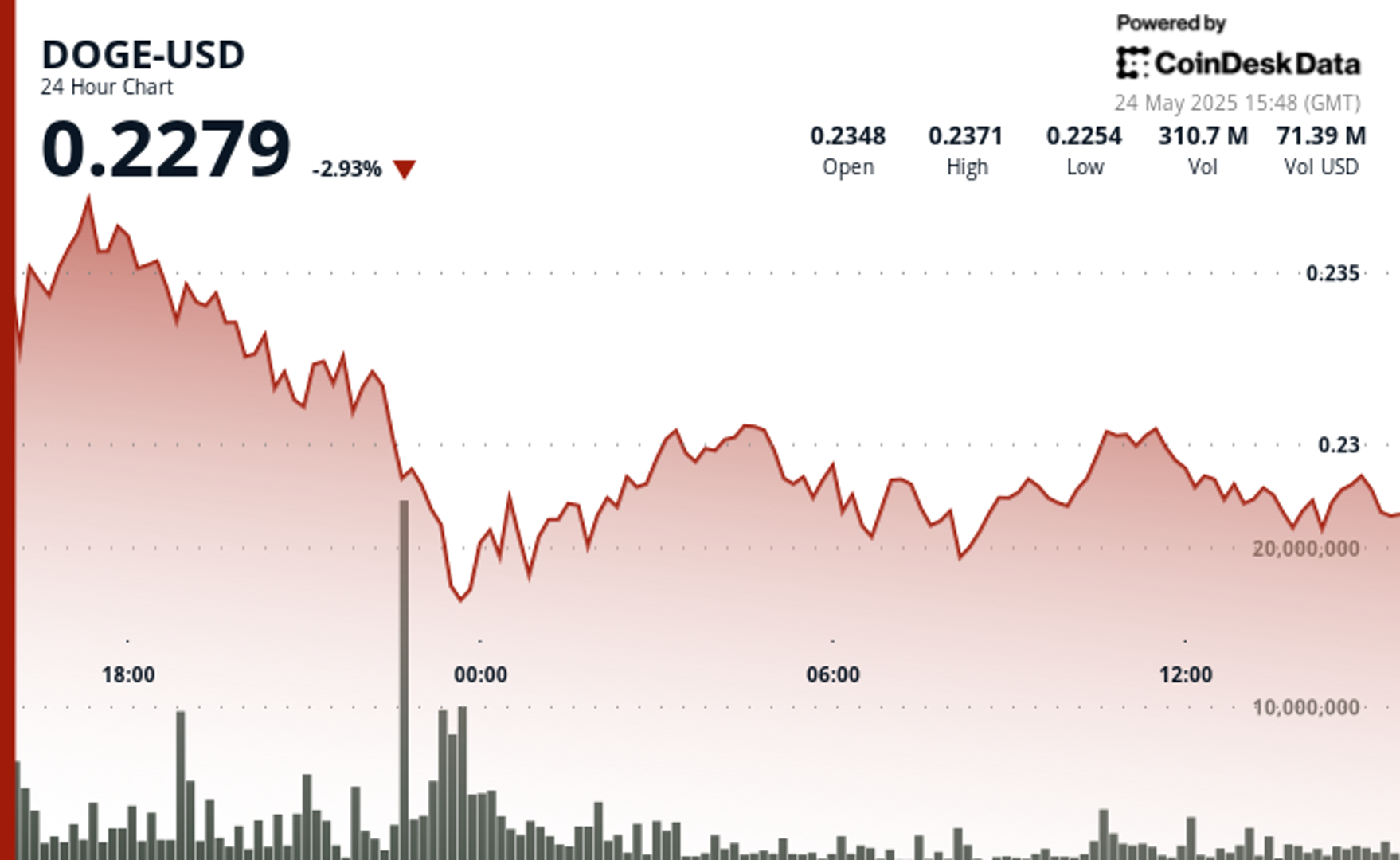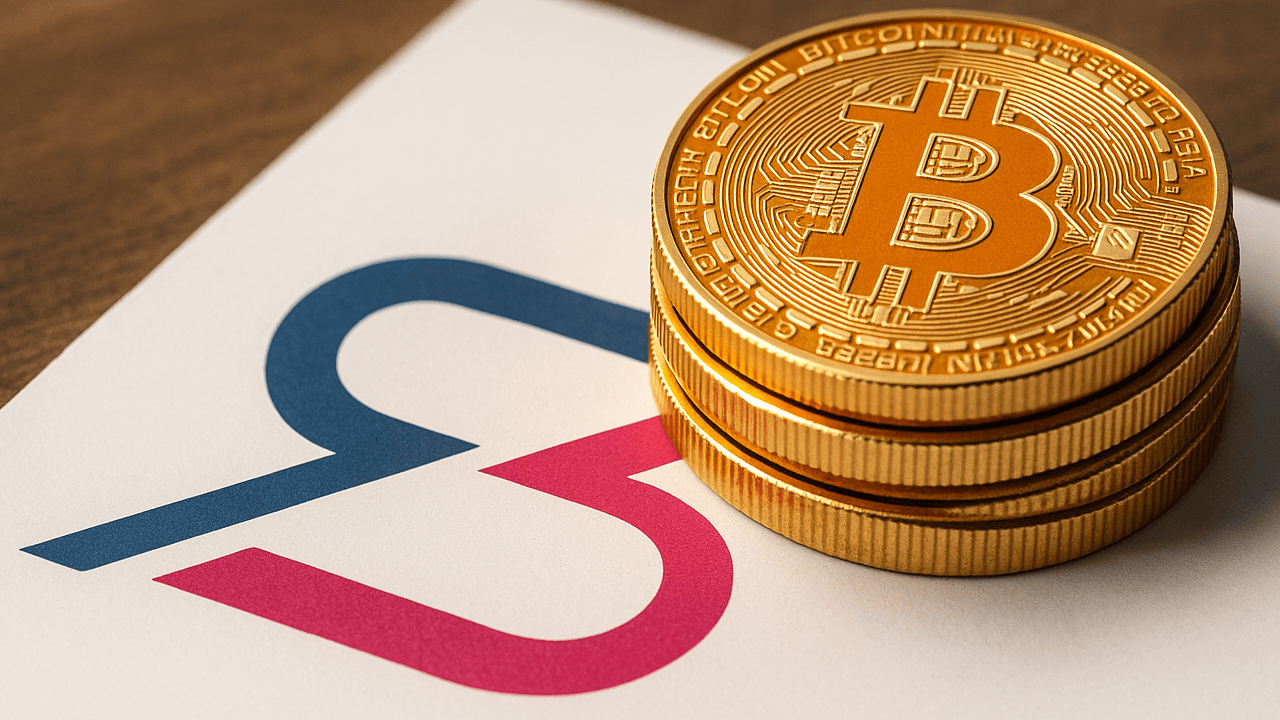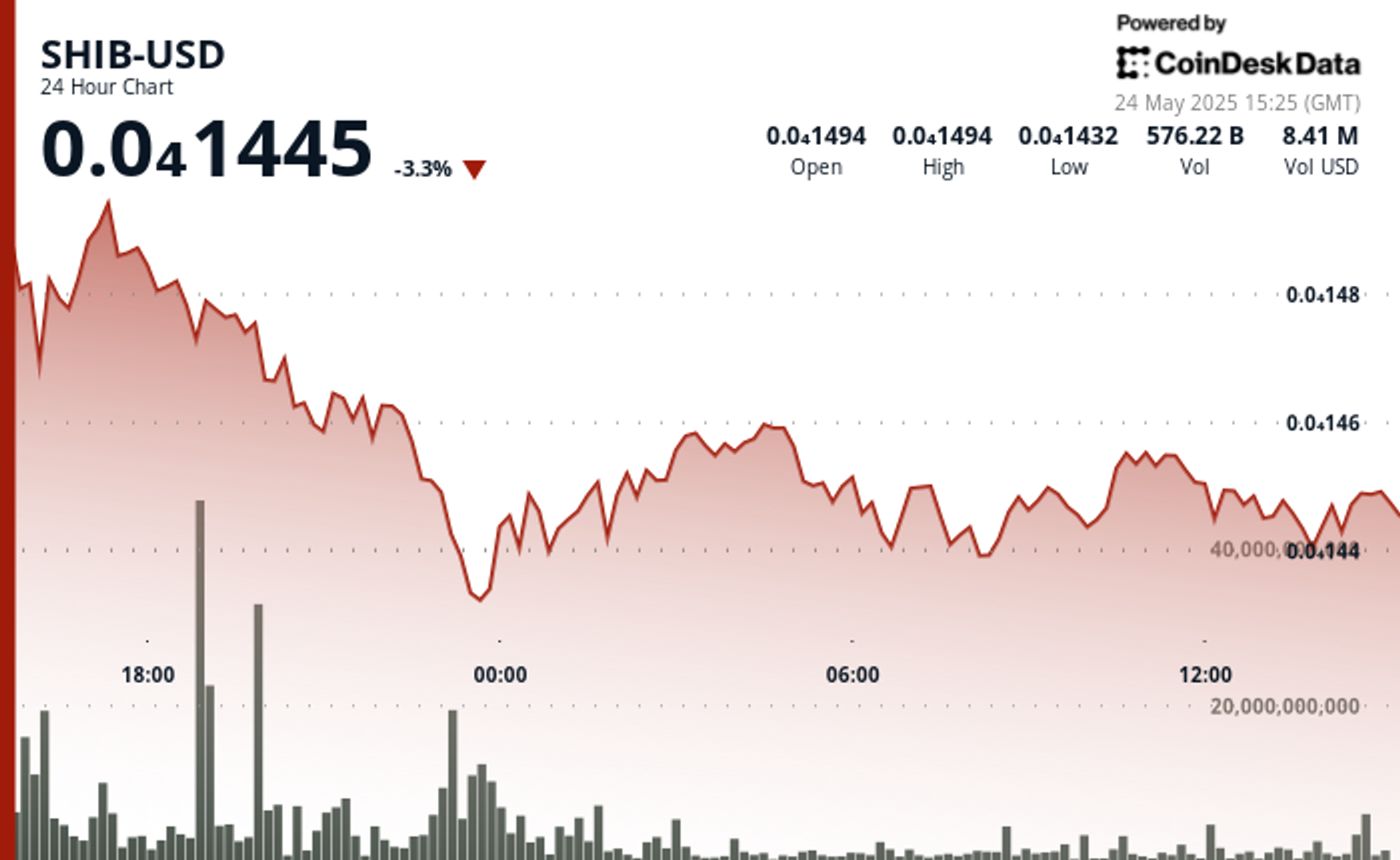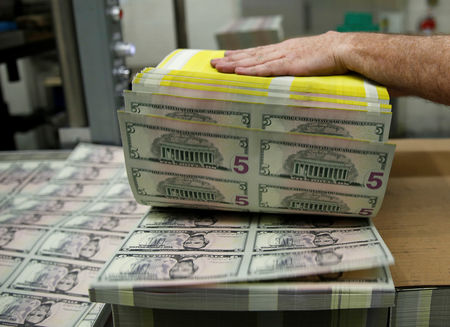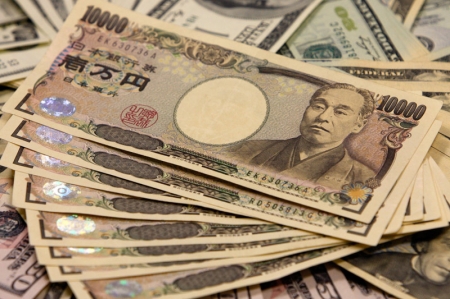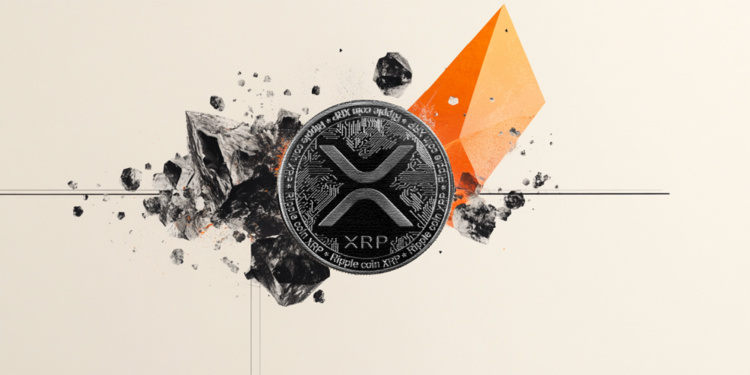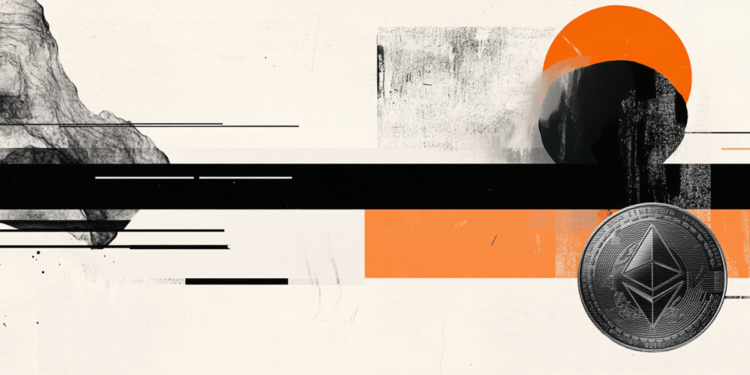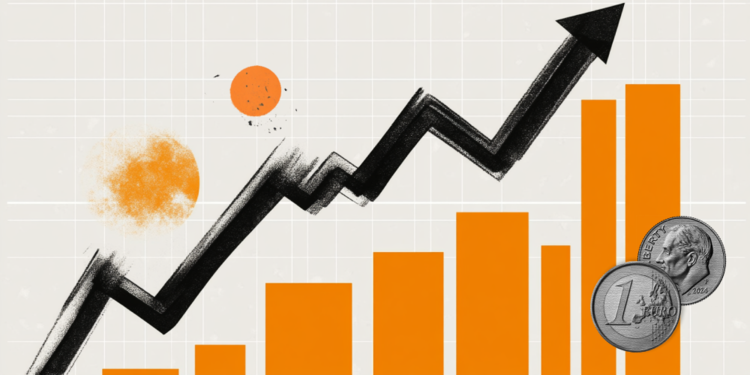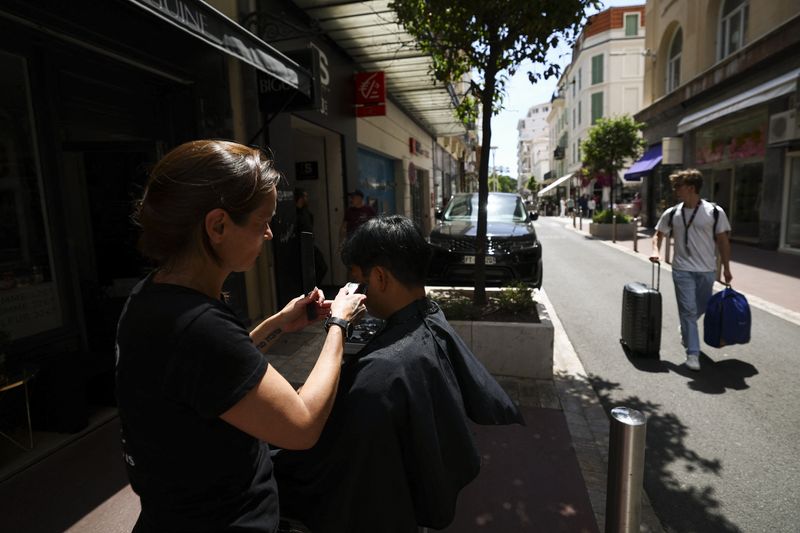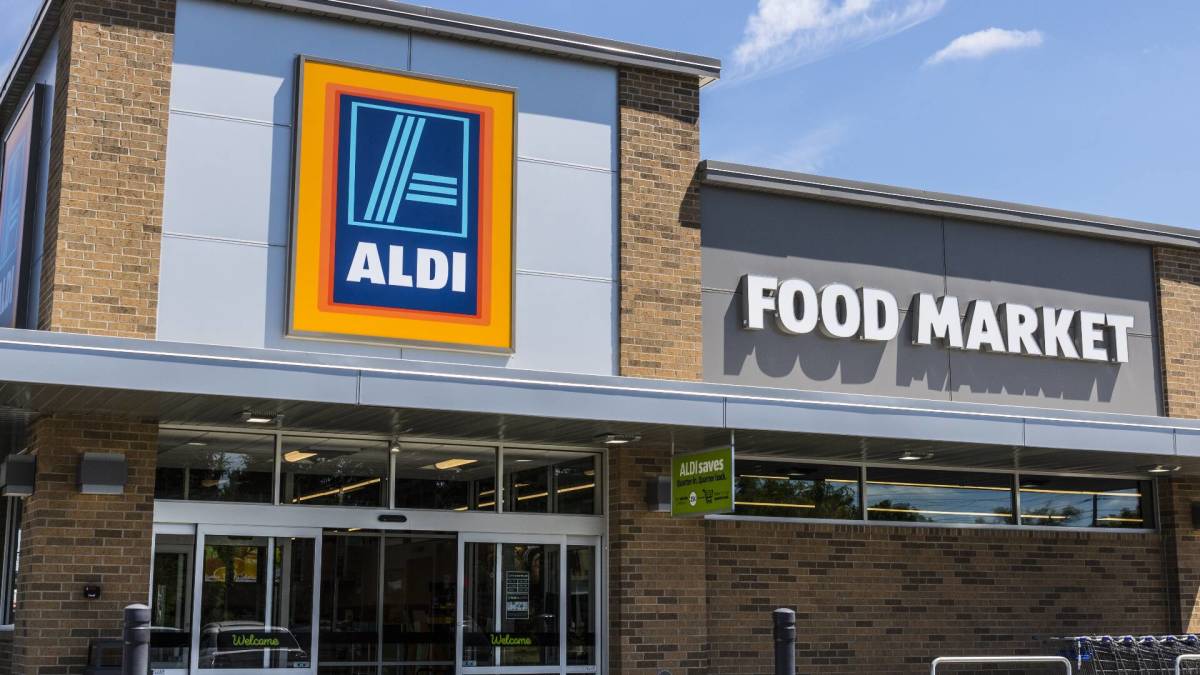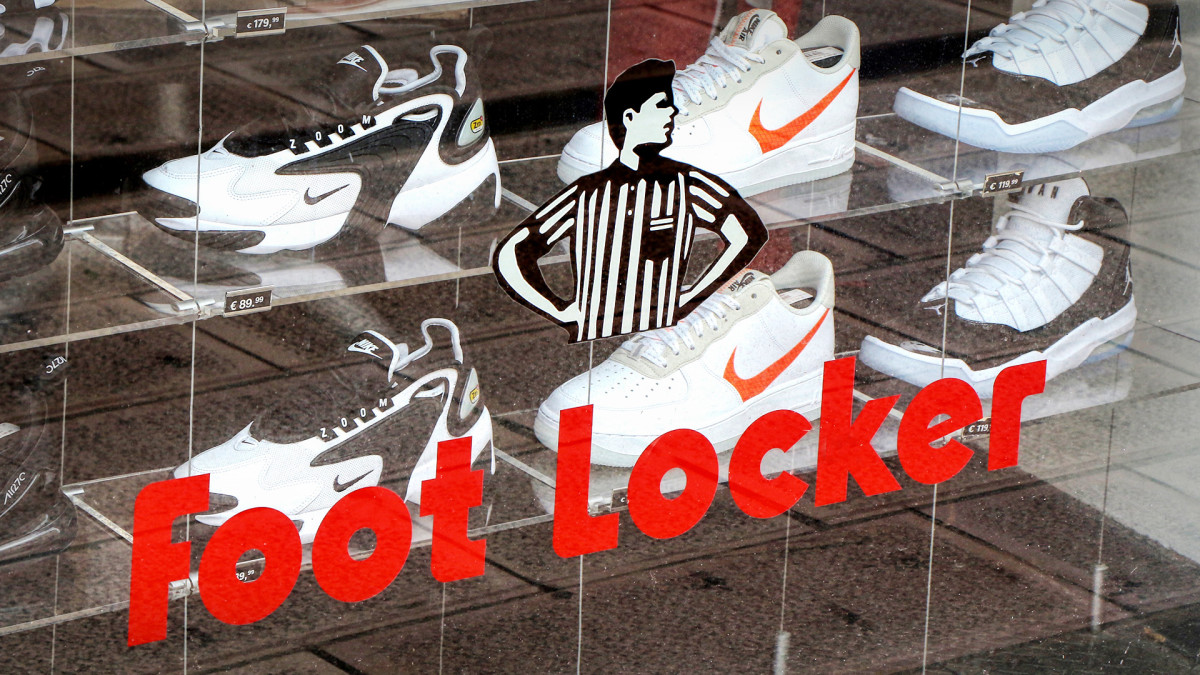Under Armour makes a drastic change to take on Lululemon
The sporting goods brand is quietly working on something new.
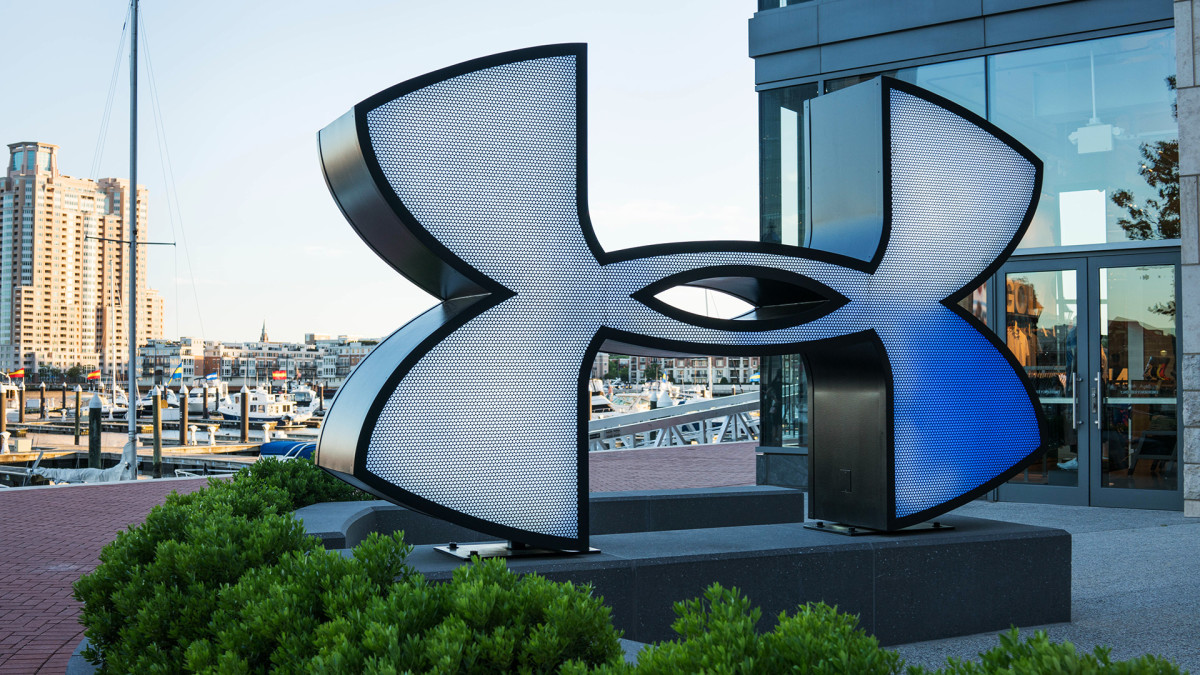
It may not seem like it, but if you squint hard enough, there are still glimmers of hope to be found in the retail industry.
In some cases, entire brands are flying high.
Related: Home Depot local rival closing permanently after 120 years
This is certainly the case if you bought Lululemon (LULU) before the pandemic. Either the stock or the leggings.
If you bought the leggings before the pandemic, the purchase likely set you back around $100.
But the pants are meant to last, and you've probably spent quite a bit of time lounging or exercising in them over the past few years. It might even be safe to assume you're happy with your purchase.
And if you bought Lululemon stock before the pandemic, it's probably safe to assume you're even happier.
For years, analysts have been saying Lululemon is either the best buy in retail or too rich for value investors. It depends on how you look at it, but the truth probably lies somewhere in the middle.
Lululemon is up over 17% since the onset of Covid. This is a decent return. But if you compare it to some of the other so-called darlings of the pandemic, like Moderna, Pfizer, Peloton, or Chewy, Lulu would've been the safest bet by a country mile. Image source: Shutterstock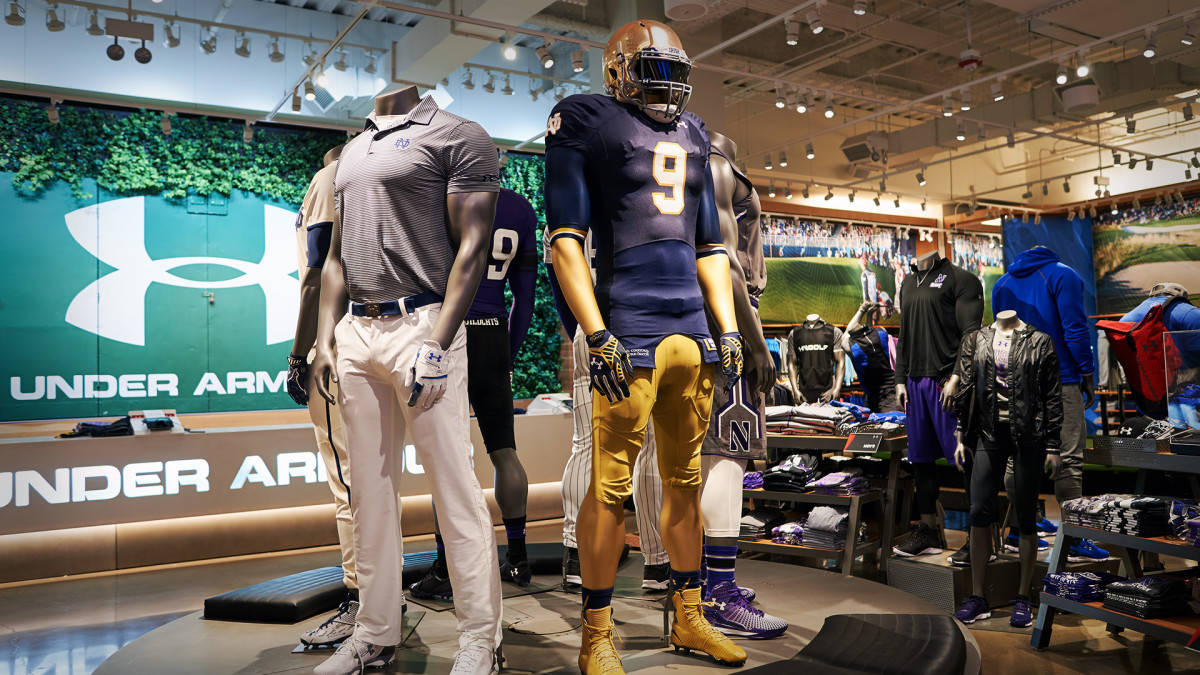
Under Armour re-enters fitness
If Lululemon isn't your thing, there are plenty of other companies to consider, whether you're looking to bet on the future or bet on your closet.
Under Armour (UAA) , the Maryland-based fitness apparel brand, has struggled for years under the heavy burden of excess inventory and never-ending promotions.
More Retail:
- Home Depot makes drastic budget-friendly move to take on Lowe's
- Struggling cosmetics brand sounds alarm, laying off thousands
- Popular Trader Joe's wine brand has bad news, making harsh choice
- Struggling retail chain sounds the alarm on growing problem
As a result, the brand had something of an identity crisis in the late 2010s and early 2020s, while other high-flying brands like Lululemon, Nike, and newcomers such as Alo Yoga and Vuori ramped up competition.
After consecutive quarters of declining sales (and negative e-commerce growth), Under Armour was no longer considered a premium brand. But neither did it offer customers a value proposition that others do, like the Target-owned brand Up & Up.
So it's been quietly embarking on something of a turnaround plan.
Under Armour makes a comeback change
One of the central approaches Under Armour has been taking to revamp business is to reduce its SKU count.
This means it's been painstakingly culling all of its inventory and getting rid of less-popular or repetitive items that no longer accelerate underlying brand value.
Under CEO Kevin Plank, Under Armour has reduced its total SKU count by one quarter.
Related: Bankrupt department store unexpectedly receives a savior
And as it trims its offerings, it's replacing some products with pricier ones, which it hopes will give the brand a more premium feel.
For example, it's now selling a new, streamlined-looking backpack for $140. Lululemon sells a similar-looking bag for $98.
The new strategy comes at a cost; Under Armour has spent a massive $89 million trying to right the ship.
"Our priorities are clear: win in men's apparel, unlock the full potential of footwear and strengthen our connection with women, starting with trusted essentials like bras and bottoms and then building from there to grow her affinity for Under Armour," CEO Kevin Plank said on the Q4 earnings call.





